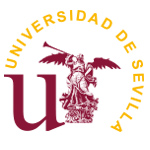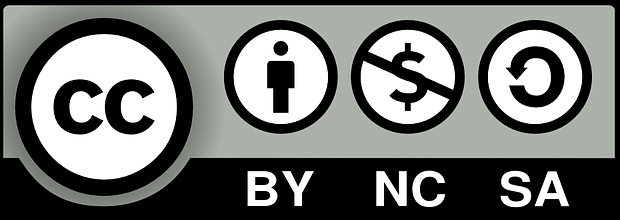La alfabetización académica desde una perspectiva multidimensional
Keywords:
Escritura académica, lingüística, argumentación, semiótica visualAbstract
A partir de la educación secundaria los estudiantes acceden a las diferentes culturas escritas de las disciplinas especializadas. La cultura escrita está inexorablemente vinculada a la práctica de cualquier disciplina académica. Por eso, para integrarse a una comunidad disciplinar es necesario dominar la escritura académica. Esto requiere un nivel avanzado de alfabetización académica. La alfabetización avanzada consiste en desarrollar el dominio de nuevos géneros y las formas que cada comunidad disciplinar utiliza para crear y compartir el conocimiento. En este artículo se propone una perspectiva multidimensional para ilustrar el reto que supone para los estudiantes llegar a desarrollar esta alfabetización en los trabajos de investigación. Las dimensiones analizadas son la lingüística, la discursiva y la semiótica visual. De la dimensión lingüística se destacan las características léxico-gramaticales como la diversidad léxica, la complejidad sintáctica y la densidad léxica. De la dimensión discursiva se revisa la argumentación. La dimensión semiótica visual se explica desde las macrofunciones de la Lingüística Sistémico Funcional. Se utilizan datos del corpus TARBUC (Treballs Acadèmics de Recerca de Batxillerat i Universitat en Català), el primer corpus en lengua catalana de trabajos de investigación de bachillerato y de máster universitario, en las disciplinas de biología e historia, para aportar ejemplos de cada una de las dimensiones. Finalmente se presentan algunas conclusiones e implicaciones didácticas.
Abstract
From secondary school onwards, students have access to different written cultures of several specialized disciplines. Every academic discipline practice is linked to a specific written culture. In order to join a research community of practice, students’ academic writing mastering is paramount, which requires an advanced academic literacy level. Advanced literacy involves the command of new genres and forms used by each disciplinary community for knowledge creation and sharing. This paper proposes a multidimensional perspective to illustrate the challenges students must face when acquiring academic literacy. Linguistic, discursive and visual semiotic dimensions are analysed. Within the linguistic dimension lexicogrammatical features are highlighted, such as lexical diversity, syntactic complexity, and lexical density. From the discursive dimension, argumentation is reviewed. The visual semiotic dimension is analysed using macrofunctions from the Systemic Functional Linguistics as a basis. Examples of each dimension are provided using data from the TARBUC corpus (Treballs Academics de Recerca en Batxillerat i Universitat en Català), the first Catalan corpus of high school and university master research projects in the disciplines of Biology and History. Finally, some conclusions and educational implications are presented.
Downloads
Downloads
Published
How to Cite
Issue
Section
License
Authors who publish in this journal accept the following conditions:
Authors conserve the copyrights and cede to the journal the right for first publication, with the work registered with the attribution licence of Creative Commons, which allows third parties to use the published work as long as they mention the authorship and the first publication in this journal.
The authors may make other independent and additional contractual agreements for the non-exclusive distribution of the version of the article published in this journal (e.g. include it an institutional repository or publish it in a book) as long as it clearly indicates that the work was first published in this journal.
Authors are allowed and indeed recommended to publish their work on the internet (for example on institutional or personal pages) before and during the revision and publication process, because it can lead to productive exchanges and greater and faster dissemination of the published work (see The Effect of Open Access).
Accepted 2015-12-29
Published 2015-12-15
- Abstract 965
- PDF (Español (España)) 450










